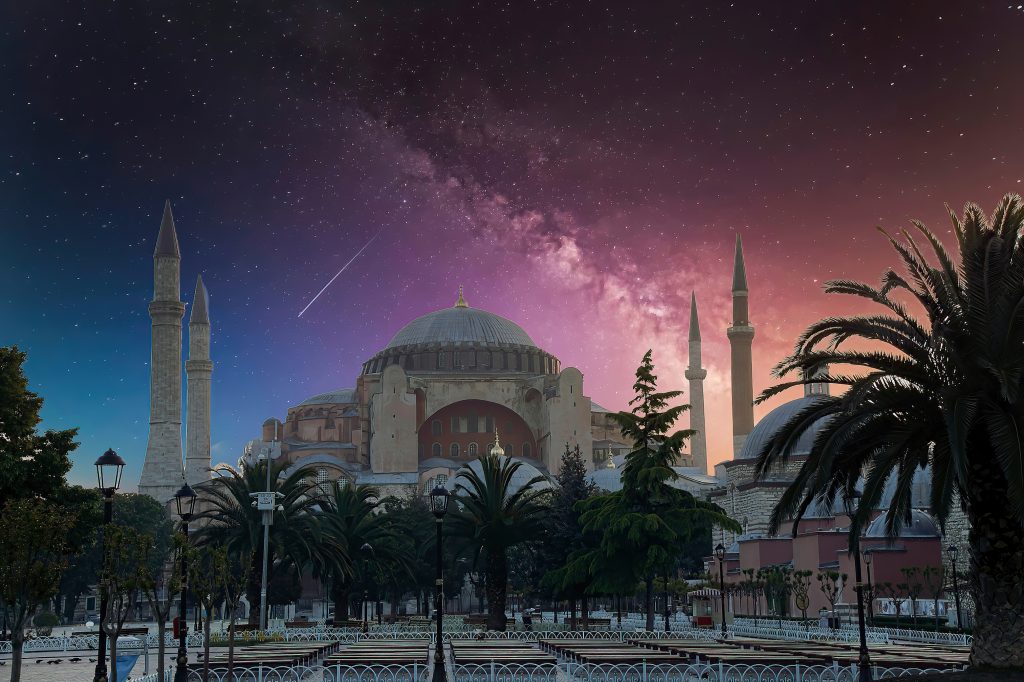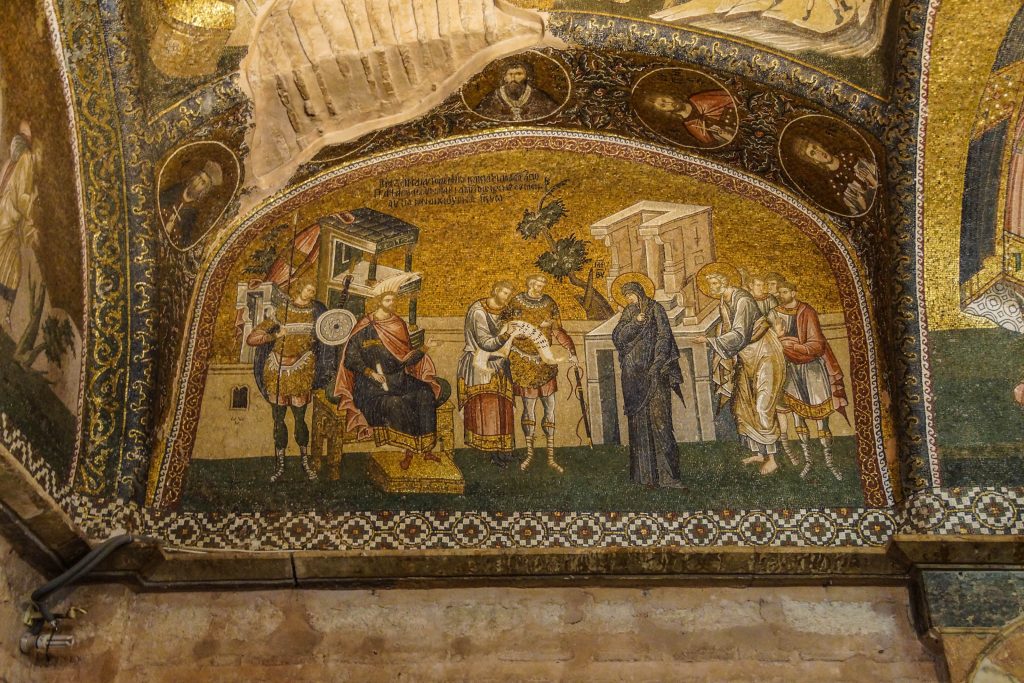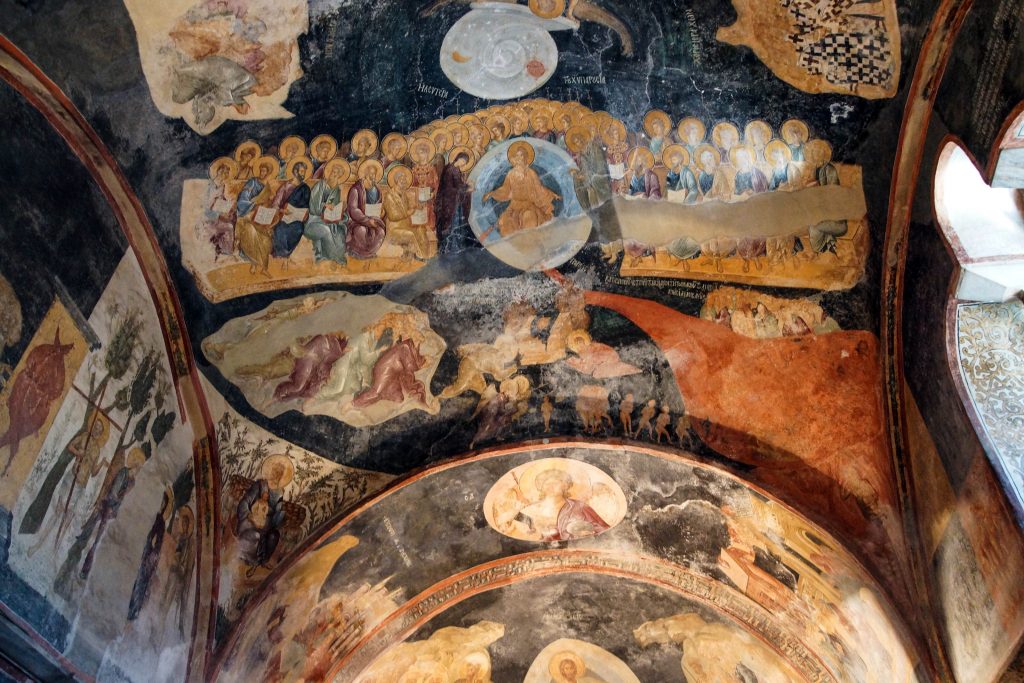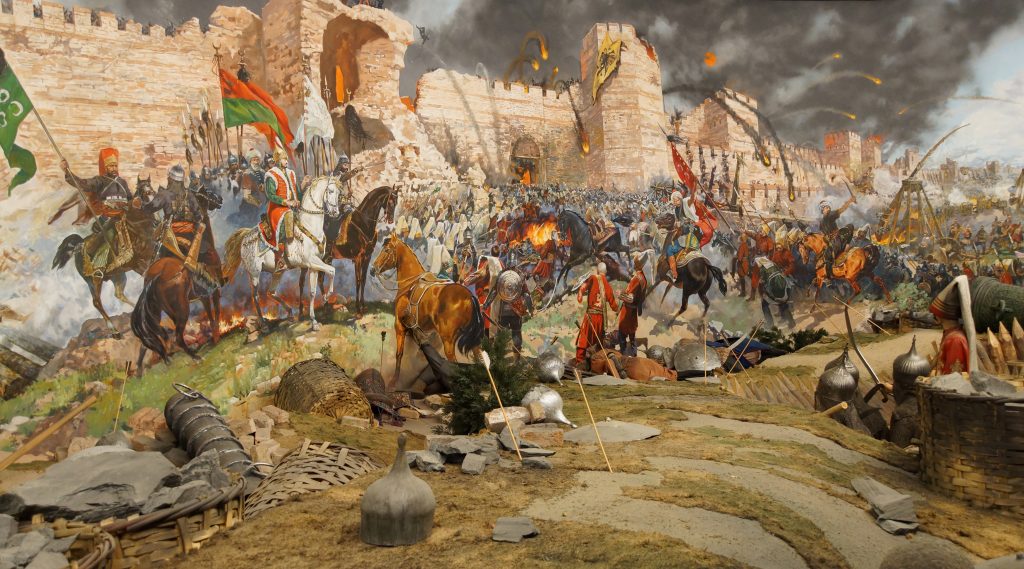This is a trilogy consisting of:
Byzantium – The Early Centuries
Byzantium – The Apogee
Byzantium – The Decline and Fall
There’s also an abridged version, in one volume, but I find it difficult to consider missing out on so much. Norwich writes for the lay reader, but relies heavily on primary sources, often with intriguing quotes. Despite the potential for dry history, he instead presents a lively and fascinating account of the millennium of Byzantine history, starting with Constantine and ending with the Ottoman conquest.
Norwich begins with a quote from W.E.H. Lecky, 1869:
“Of that Byzantine empire the universal verdict of history is that it constitutes, without a single exception, the most thoroughly base and despicable form that civilization has yet assumed…The history of the Empire is a monotonous story of the intrigues of priests, eunuchs and women, of poisonings, of conspiracies, of uniform ingratitude of perpetual fratricides.”; then Norwich comments, “This somewhat startling diatribe… although to modern ears it is perhaps not quite so effective as the author meant it to be — his last sentence makes Byzantine history sound not so much monotonous as distinctly entertaining — the fact remains that, for the past 200 years and more, what used to be known as the Later Roman Empire has had an atrocious press. “
Download royalty free images of Byzantium
Buy prints, mugs, jigsaw puzzles & other products of Byzantium
Norwich proceeds to prove that point in 3 volumes of page-turning history filled with tales both heroic and despicable. The footnotes are as intriguing as the main text. After describing how “the soldiers everywhere proclaimed that they would accept the no-one but Constantine’s sons, reigning jointly. With Crispus dead, that left the three sons born to Fausta; the Caesar in Gaul Constantine II, the Caesar in the East Constantius, and the Caesar in Italy Constans”, he footnotes “The distressing lack of imagination shown by Constantine in the naming of his children has caused much confusion among past historians, to say nothing of their readers. The latter can take comfort in the knowledge that it lasts for a single generation only — which, in a history such as this, is soon over” His style is brisk and interlocking, writing on the broader European history, he’ll follow one thread for several years, then return to the main branch and continue on. The current year under discussion is always in the upper right corner of the page, making it easier to follow the twists and turns of the plot. The book is so well written that one can easily jump in anywhere and pick up the flow. One of the major benefits of this leisurely treatment is the ability to correct historic misunderstandings and mistakes. The first and most interesting is his emphasis on the fact that the ‘barbarian’ invasions of the 4th through 6th centuries were almost always led by Christianized tribes (Goths, Vandals, Ostrogoths, Visigoths) looking for a land to settle their people. And in many cases, these were not invasions, but uprisings and revolts of peoples who had been promised land and security by the emperor(s) and then been ignored. The case of Alaric is of particular interest Histories typically grant him a paragraph at best. A brute, whose invasion of Italy is stopped only by a courageous pope. In fact, Alaric and his Visigoths had been allied with the Roman Empire for some years, and it was only after they had been continually denied their promised lands that Alaric ‘invaded’. (He was opposed by the Vandal Stilicho who led the Imperial forces.) Another interesting view is the ‘fall’ of the (western) Roman Empire in 476. The last Western emperor, Romulus Augustulus abdicated in favor of Odoacer, whose goal was to continue to rule as a subject of the Eastern Emperor. Rather than a major turning point in history, Norwich explains it is also undeniable that most people in Italy at the time, watching the young ex-emperor settle himself into his comfortable Campanian villa, would have been astounded to learn that they were living through one of the great watersheds of European history. For nearly a century now they had grown used to seeing barbarian generals at the seat of power. There had been Arbogast the Frank, then Stilicho the Vandal, then Aetius — who, though a Roman, was almost certainly of Germanic origin on this father’s side — then Ricimer the Suevian. Was the Scyrian Odoacer, they might have asked, so very different from these? The answer is that he was — though for one reason only. He had refused to accept a Western Emperor. In the past those Emperors may have been little more than puppets; nevertheless, they bore the title of Augustus, and as such they were both a symbol and a constant reminder of the imperial authority. Without them, that authority was soon forgotten. Odoacer had requested the rank of Patrician; but the title that he preferred to use was Rex. In less than sixty years, Italy would be so far lost as to need a full-scale reconquest by Justinian. It would be two and a quarter centuries before another Emperor appeared in the West; when he died, his capital would be in Germany rather than in Italy, and he would be a rival rather than a colleague — not a Roman but a Frank. It’s always difficult for modern readers to fully understand any previous culture. In the Byzantine case, Norwich spends extra time trying to convey a sense of the importance of religion in everyday affairs. Many of the political arguments revolved around the propagation and extermination of various heresies over obscure and arcane theological points. Despite the attempts of various councils convened by the emperors, heresies such as the Arian, Nestorian and Monophysite continued to prosper. What’s particularly interesting is that the history is not a simple progression of orthodox emperors and allied clergy fighting a successful battle against heterodox opinion. Rather it’s a much more complex situation in which Arian or Monophysite ideas would control the state and church for long periods. Only after the fact can one look back to see the emergence of orthodoxy. Splits between east and west were also common, but sometimes even comical: In 482, the Emperor Zeno’s attempt to “heal the breach by means of a circular letter known as the Henoticon, had proved spectacularly unsuccessful. It had sought to paper over the differences … and, like all such compromises, it had aroused the implacable hostility of both sides. Most outraged of all were Pope Simplicius in Rome and his successor Felix III, whose anger was still further increased by the appointment to the Patriarchate of Alexandria, with the bless of both Zeno and Acacius, of one Paul the Stammerer, a cleric whose utterances, when comprehensible at all, were violently Monophysite in character. At a synod held in Rome in 484, Pope Felix had gone so far as to excommunicate the Patriarch of Constantinople — a sentence which, in default of any orthodox ecclesiastic courageous enough to pronounce it, had been transcribed on to a piece of parchment and pinned to the back of Acacius’s cope during a service in St. Sophia, when he was not looking, whereat the Patriarch, discovering it a few moments later, instantly excommunicated him back, thereby not only placing the see of Constantinople on the same hierarchical level as that of Rome but simultaneously confirming an open schism between the two churches that was to last for the next thirty-five years.” The Byzantium trilogy contains a good index, and excellent tables of the emperors, and family trees for the often-confusing lineages. The maps are adequate, but as so often happens, fail to contain many of the important place names contained in the text. Luckily there are many excellent historical atlases available as complements. While expensive ($45 each in hard cover), Byzantium is well worth the price. |

The Church of the Holy Saviour in Chora (Turkish: Kariye Kilisesi or Kariye Museum) is one of the most beautiful surviving examples of a Byzantine church. In the Edirnekapi in the belediye of Fatih, it’s off the regular tourist path, but well worth a special visit. The interior of the building is covered with incredible mosaics and frescoes.


